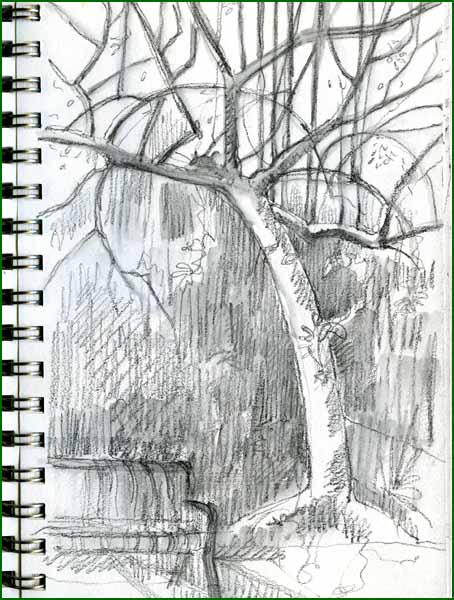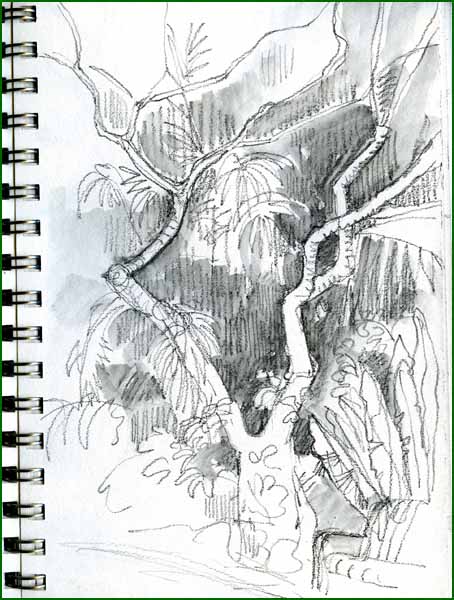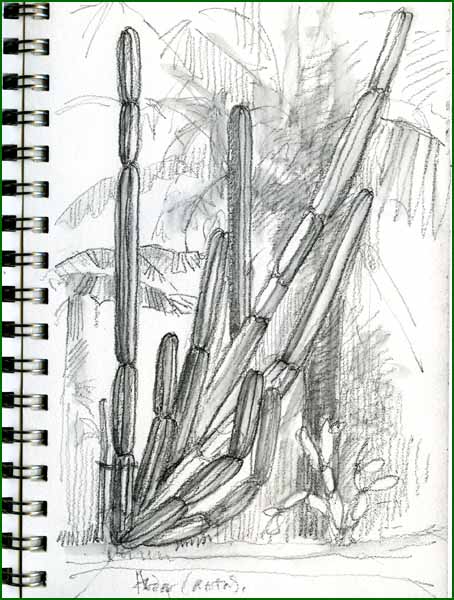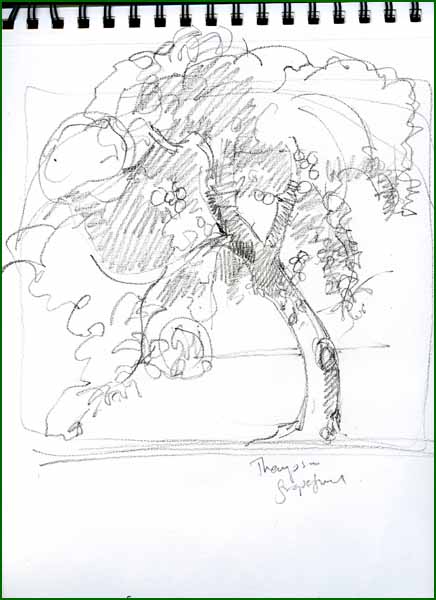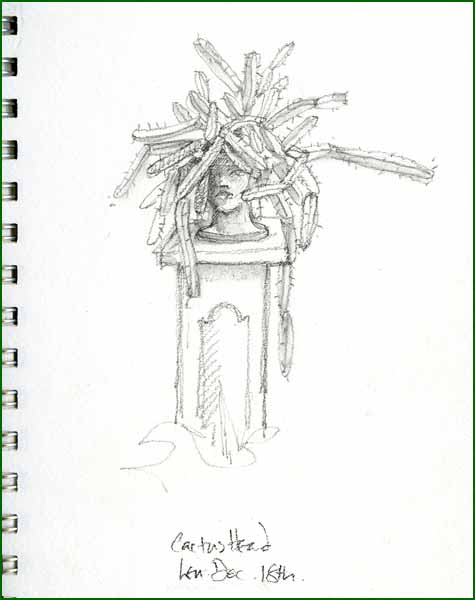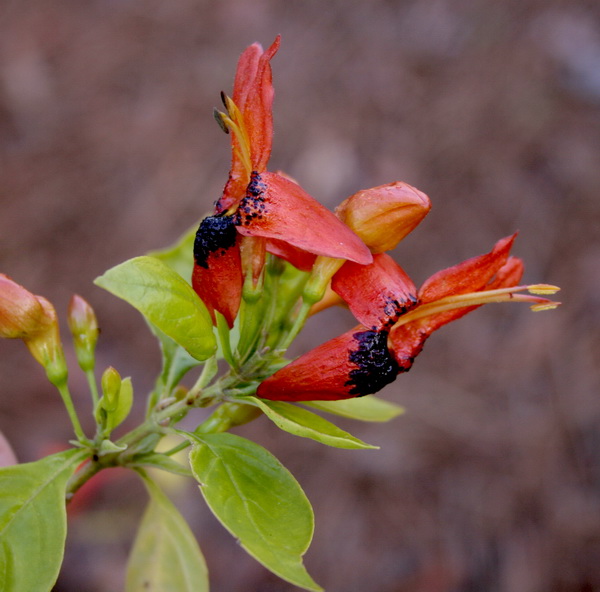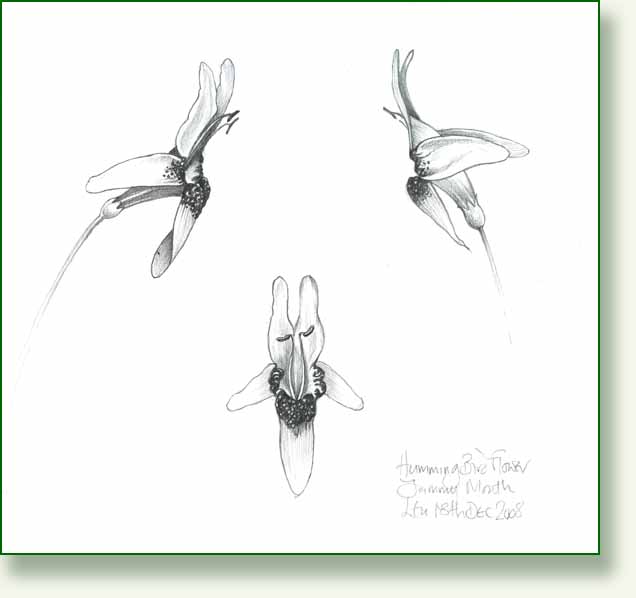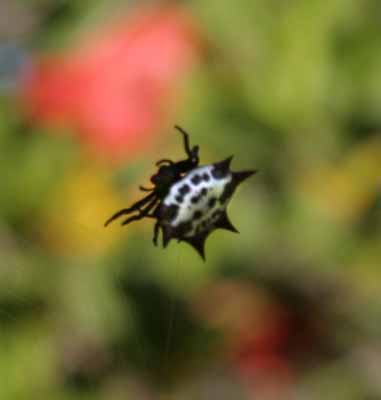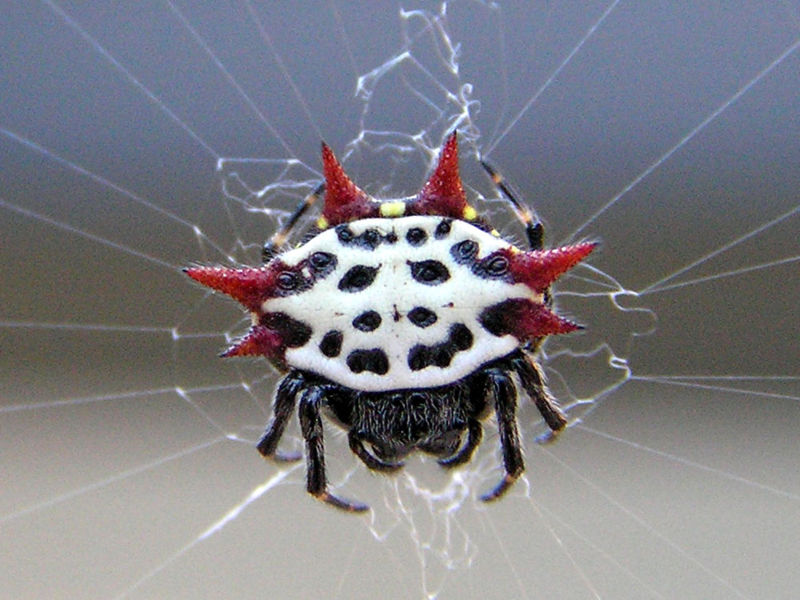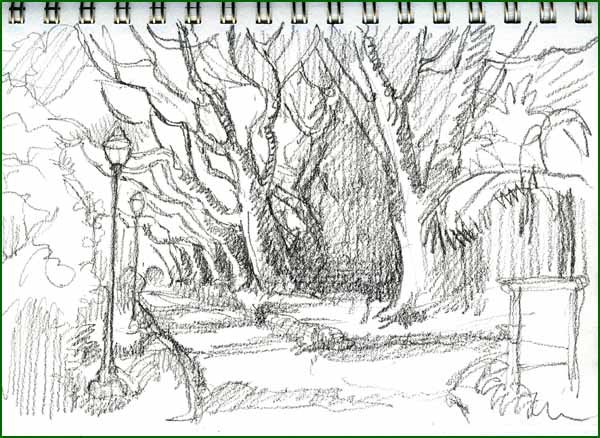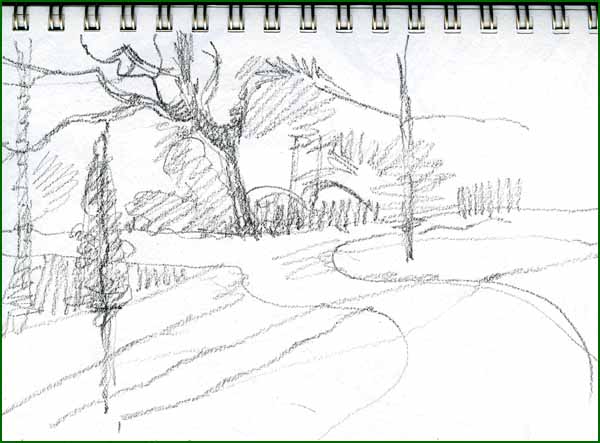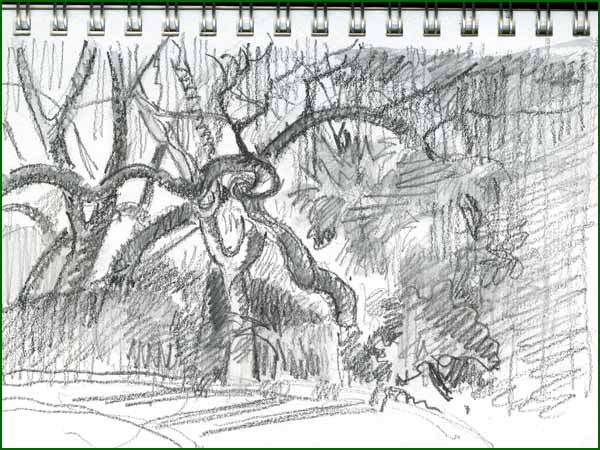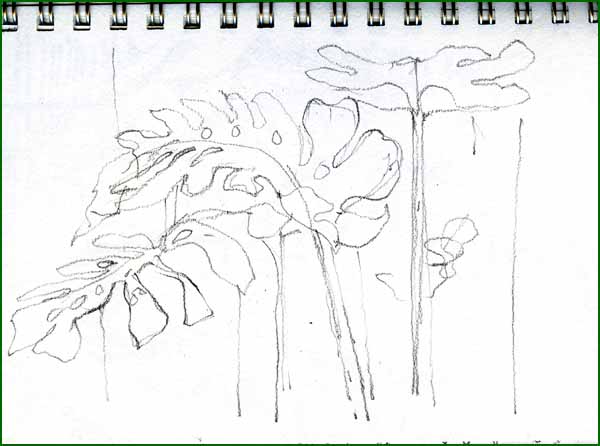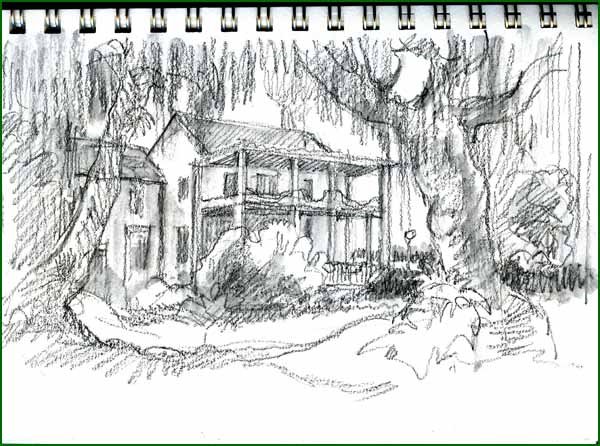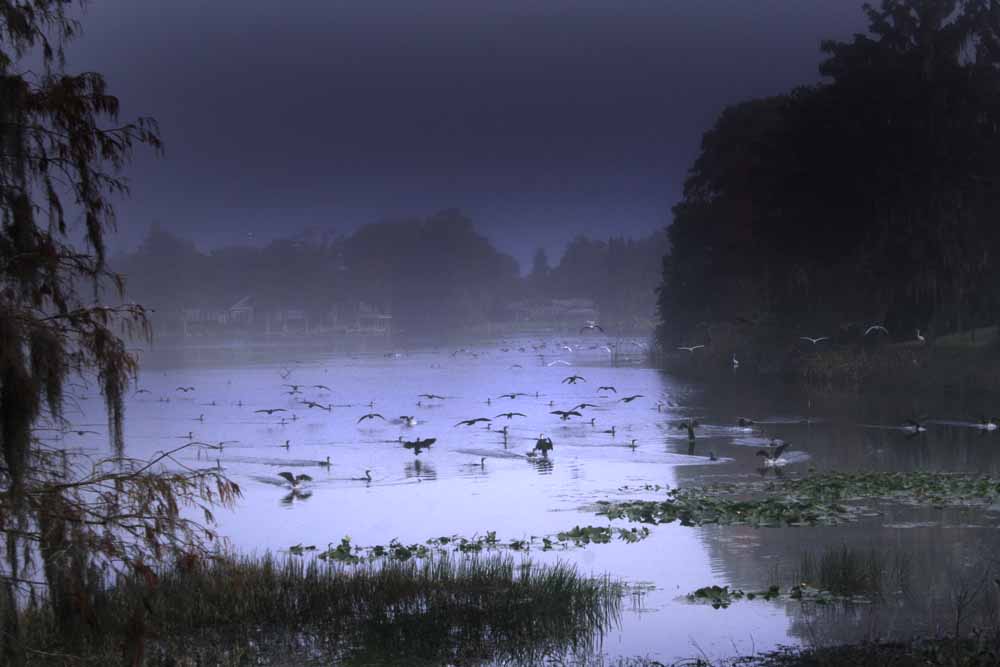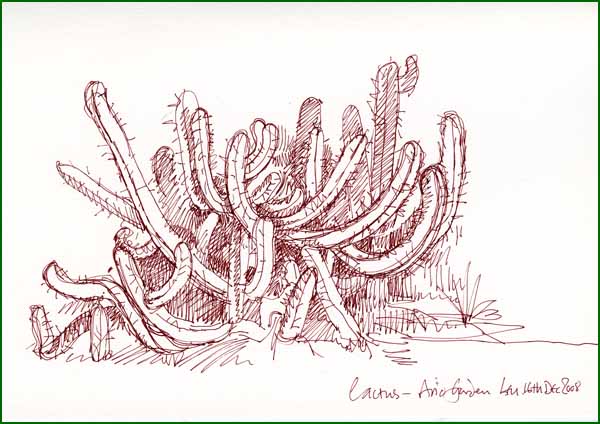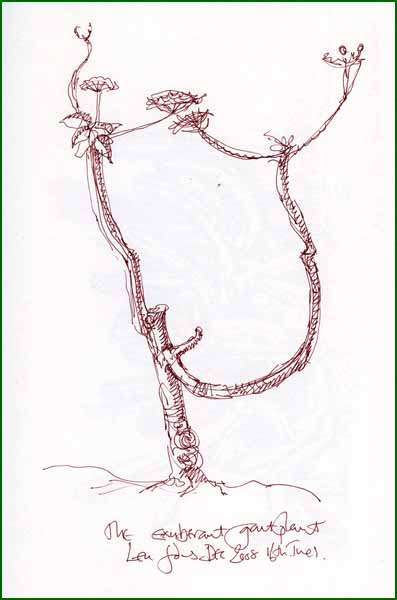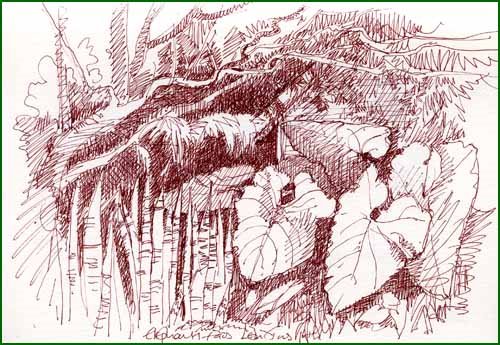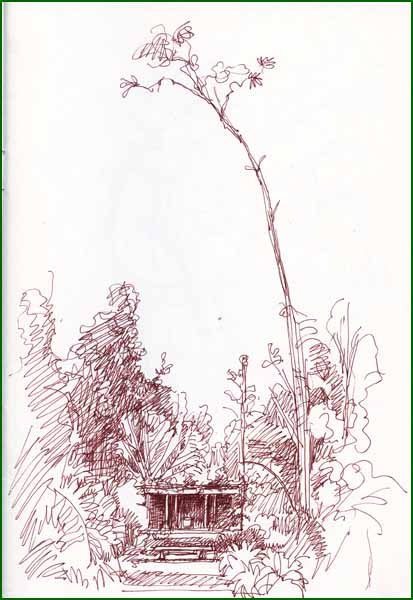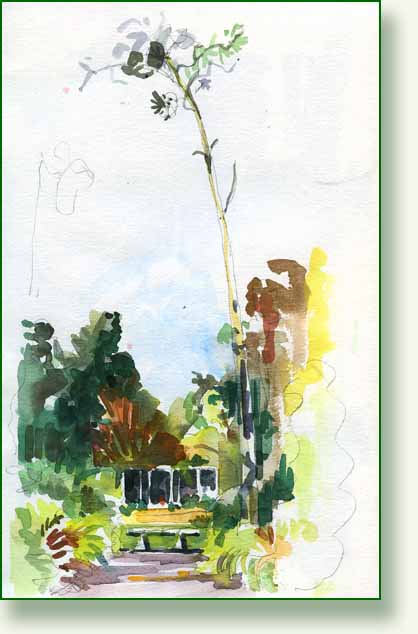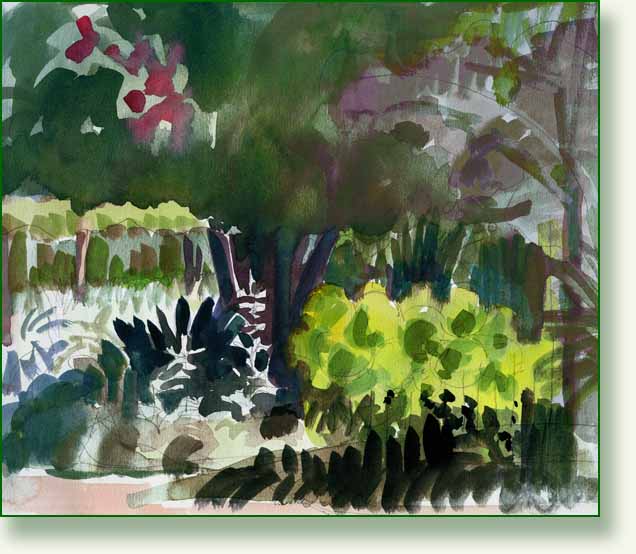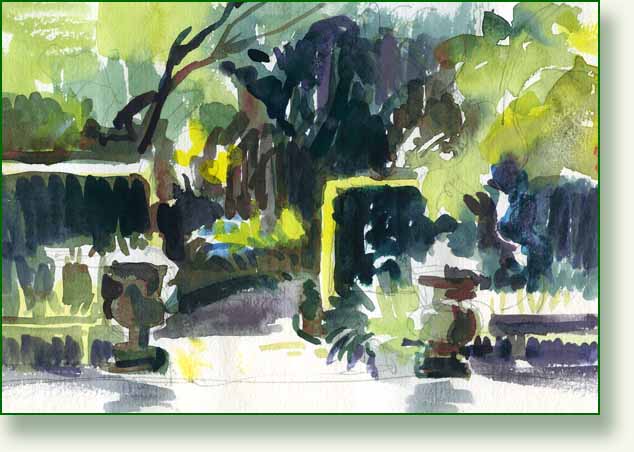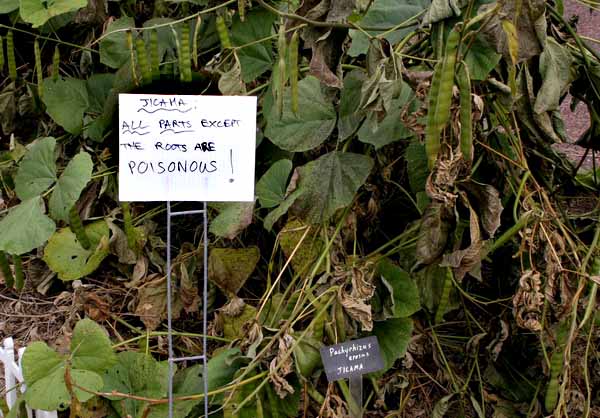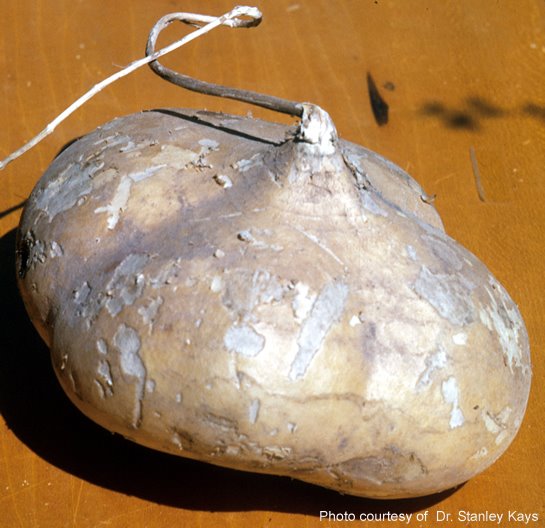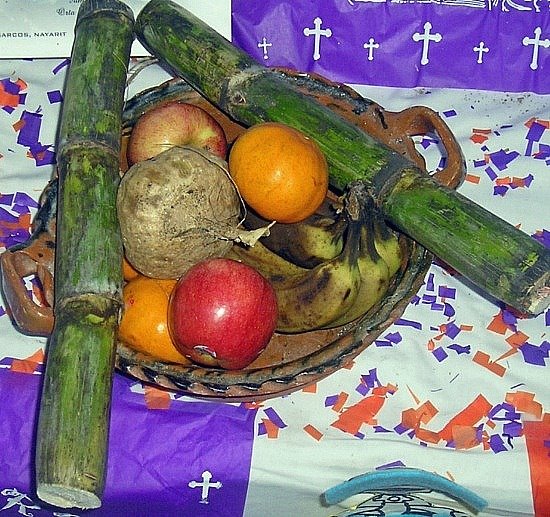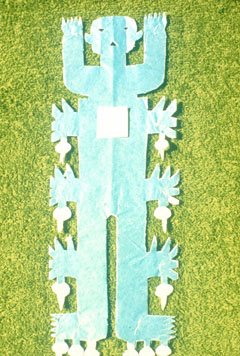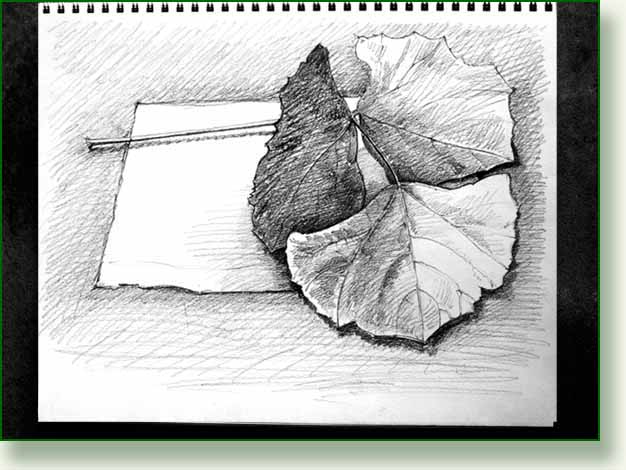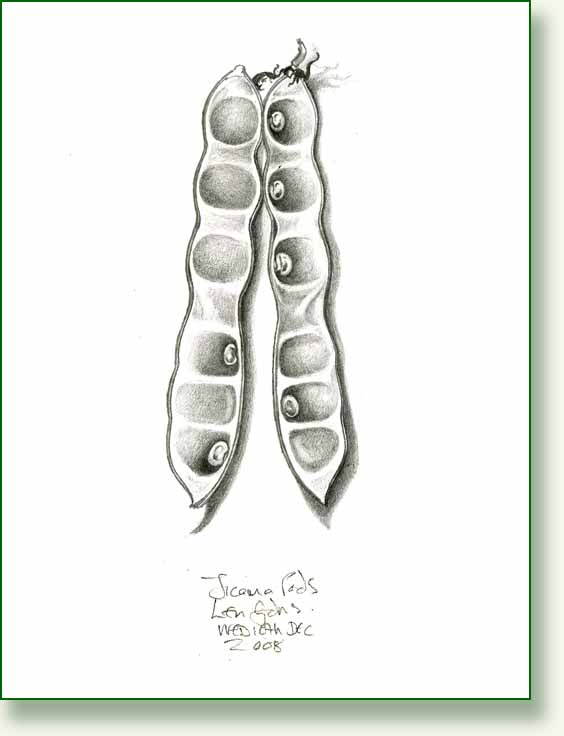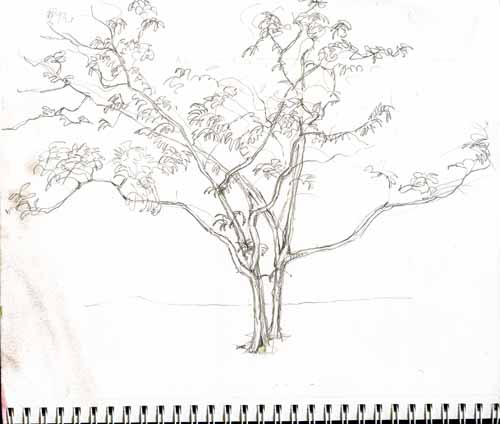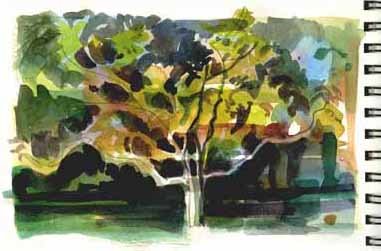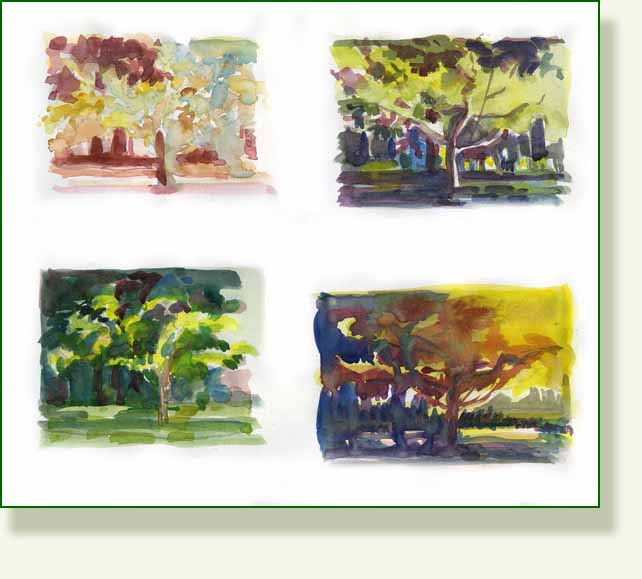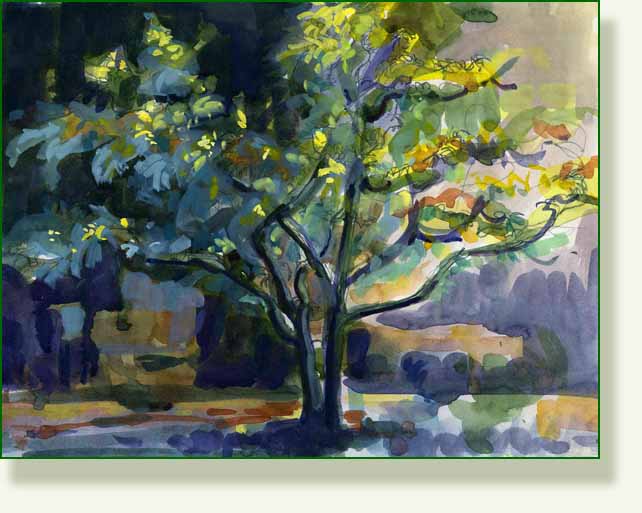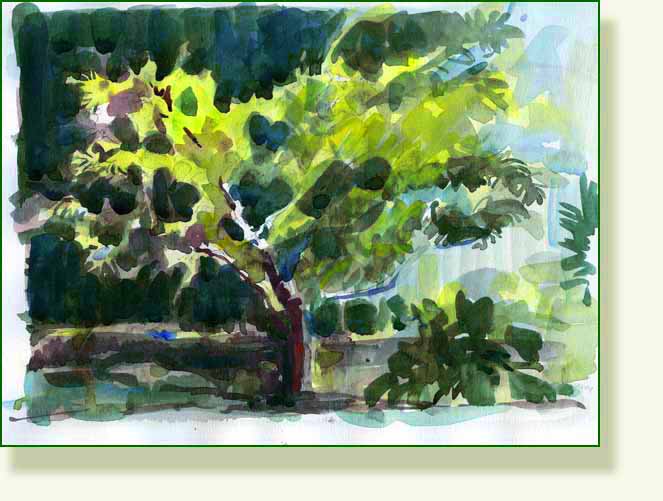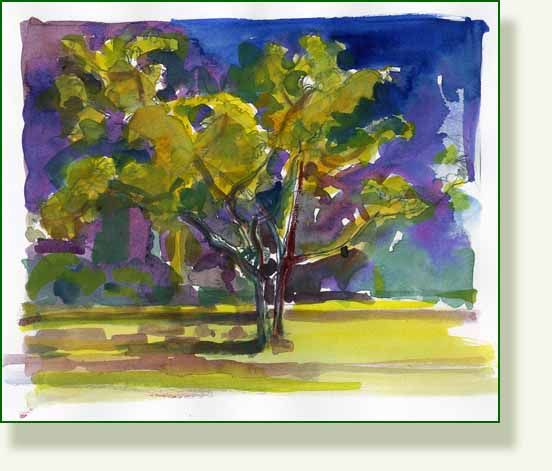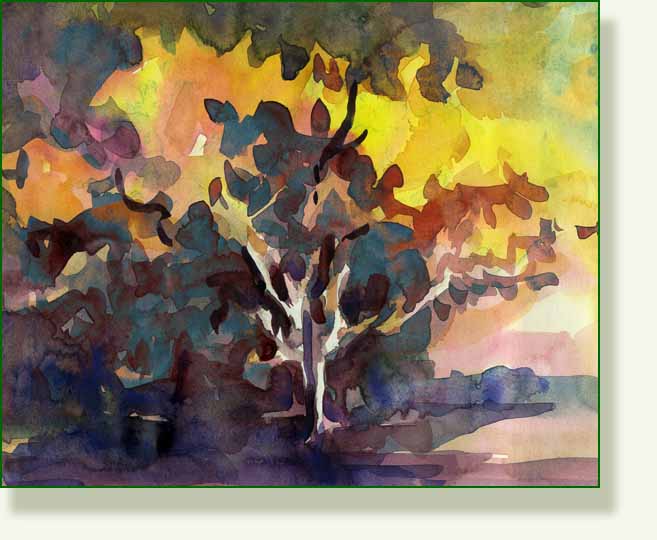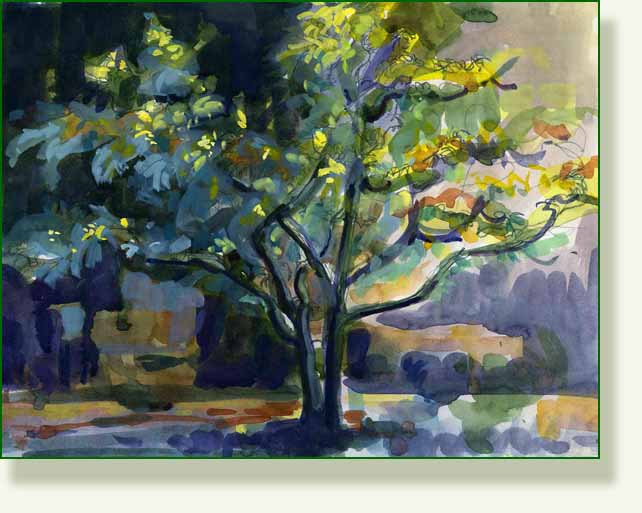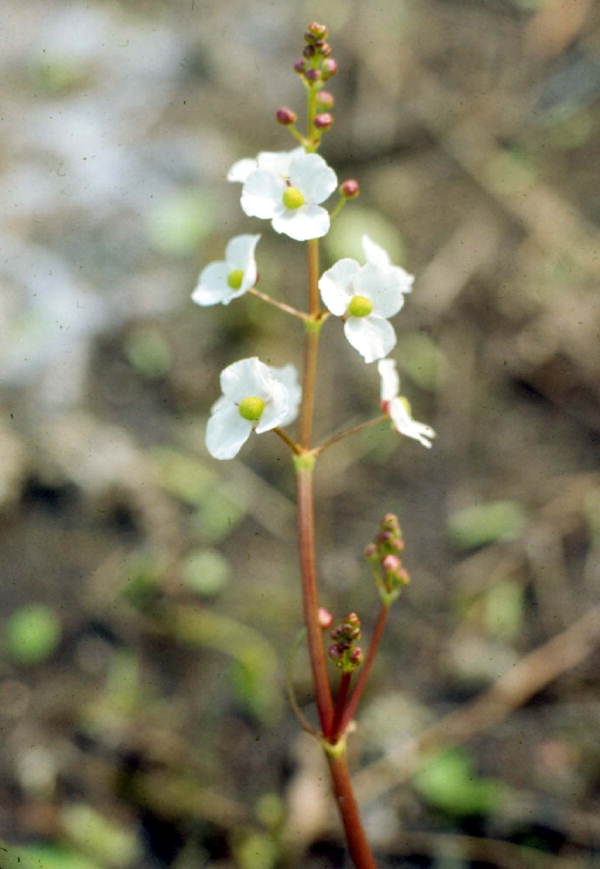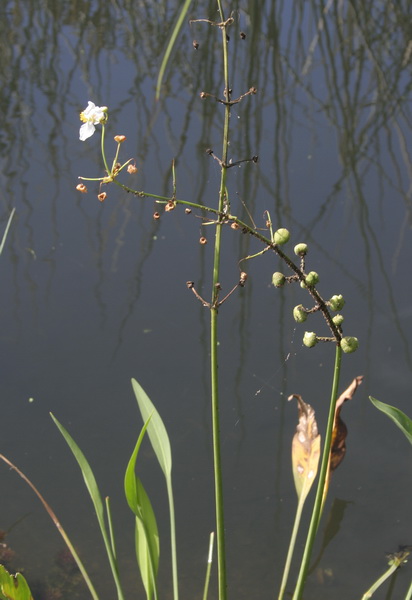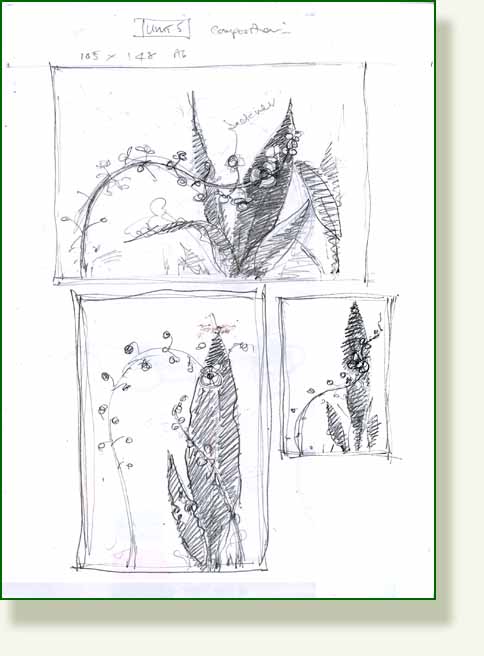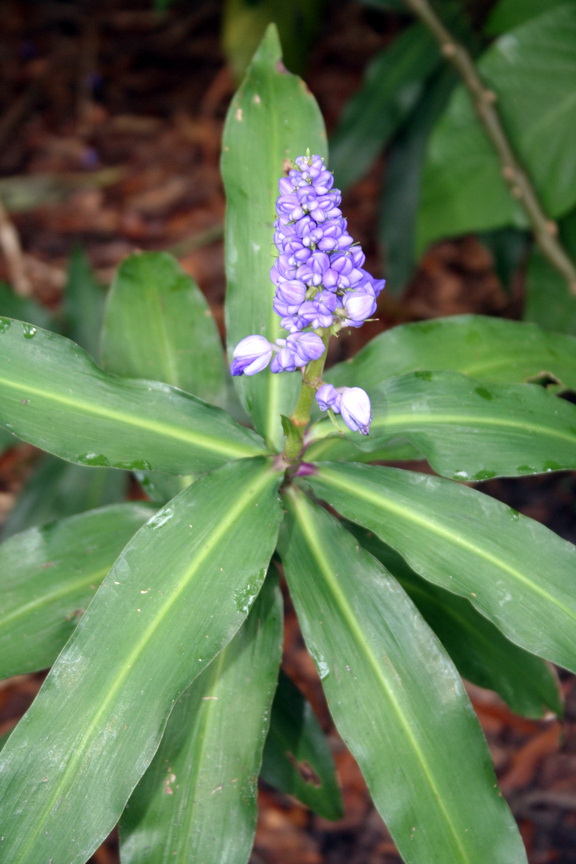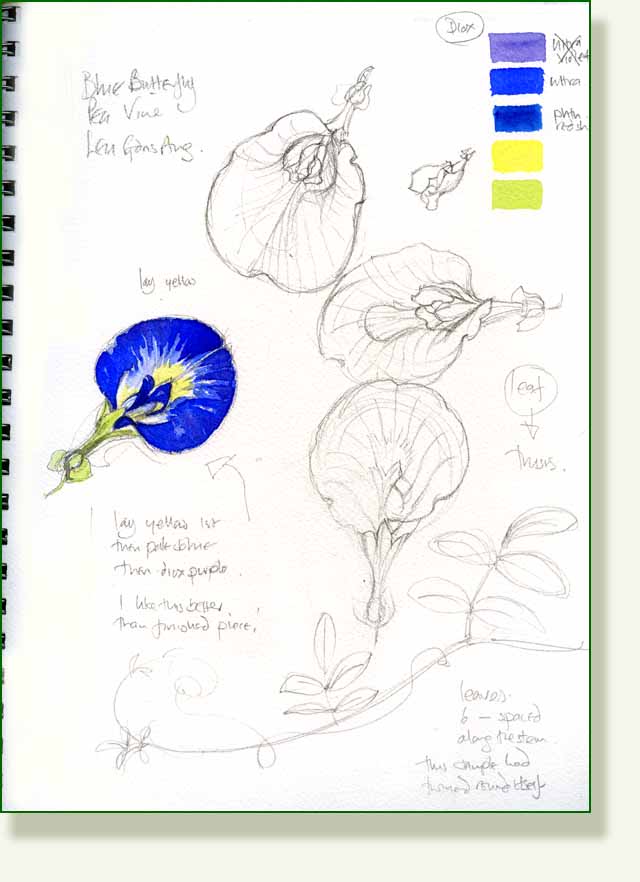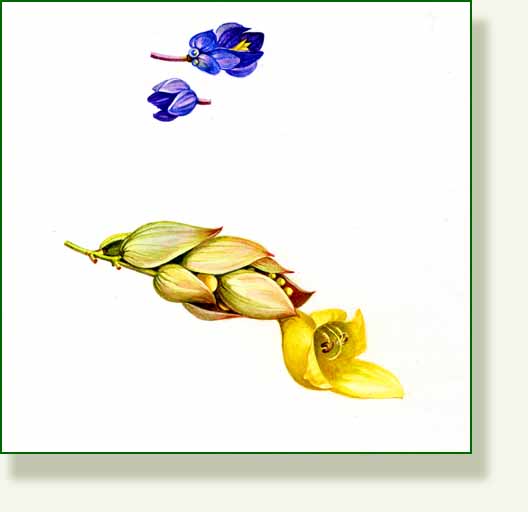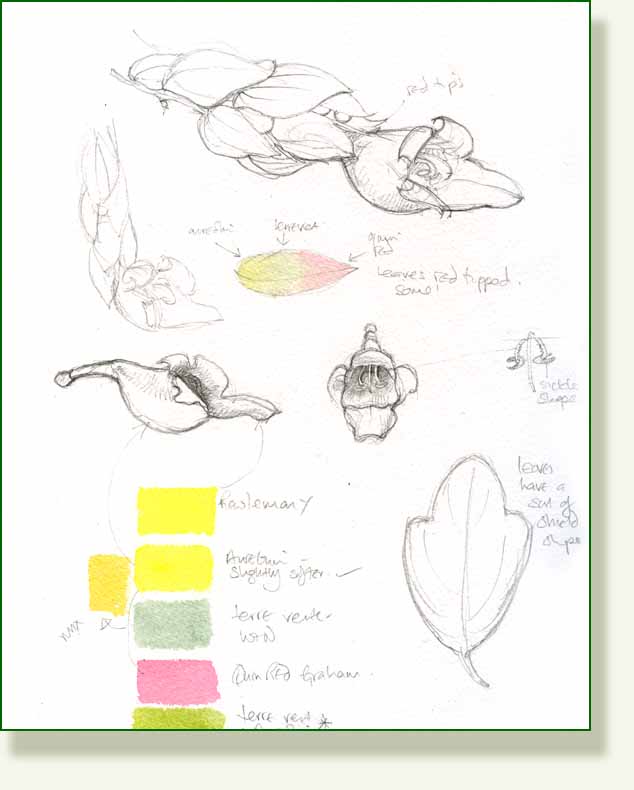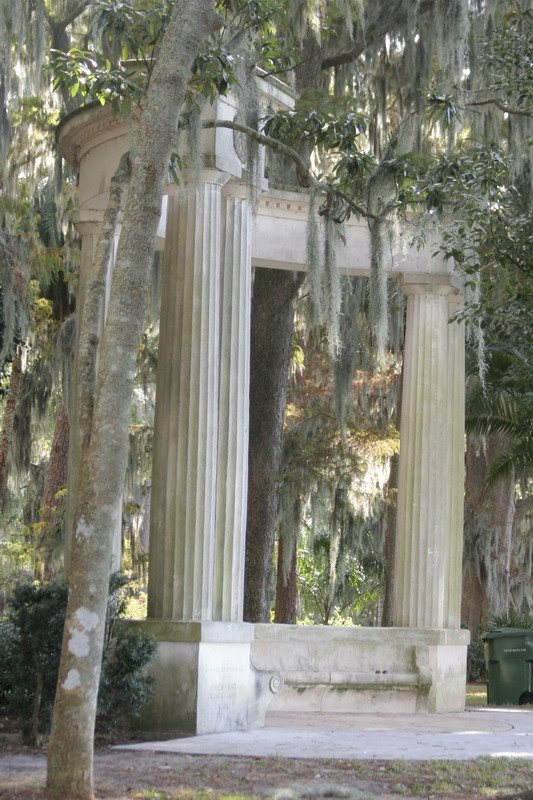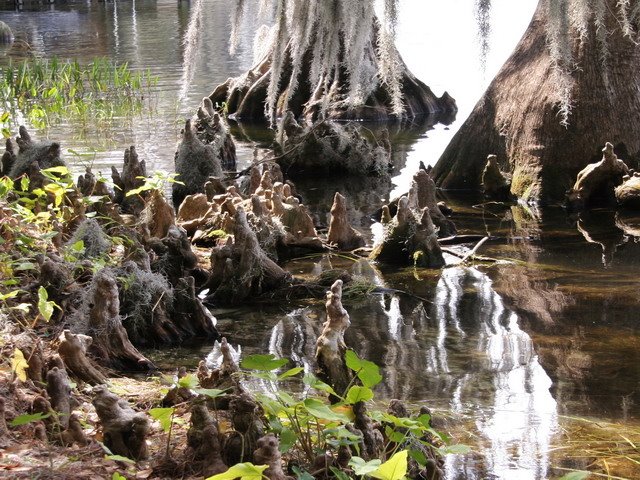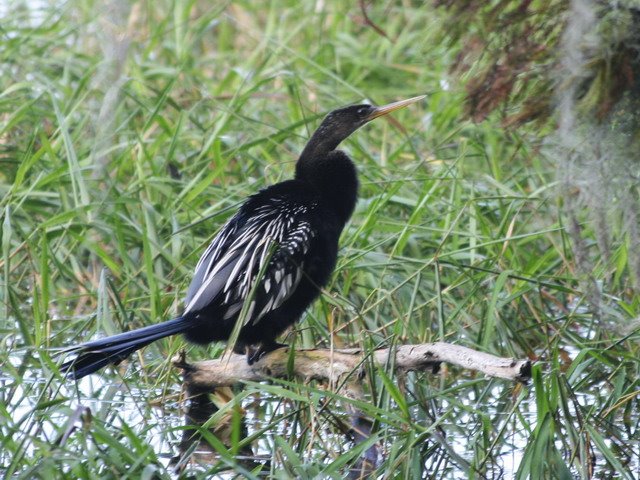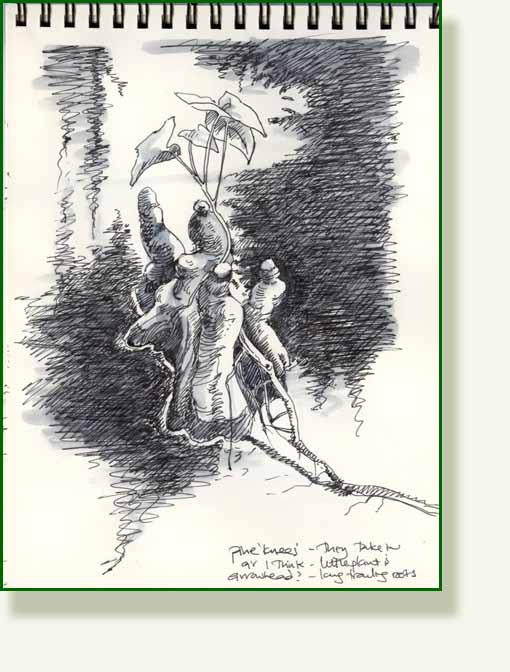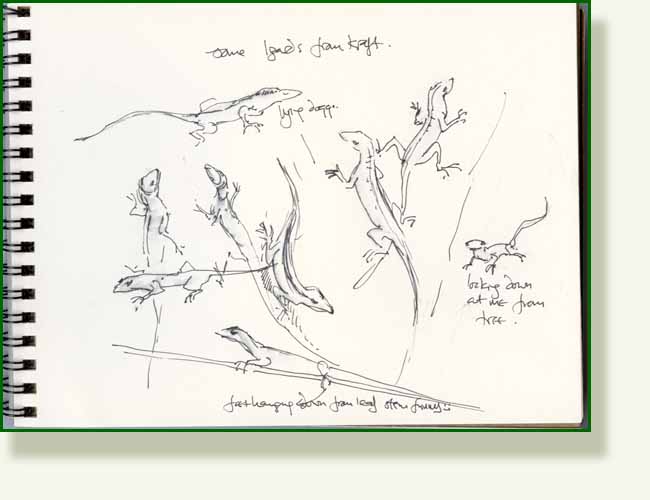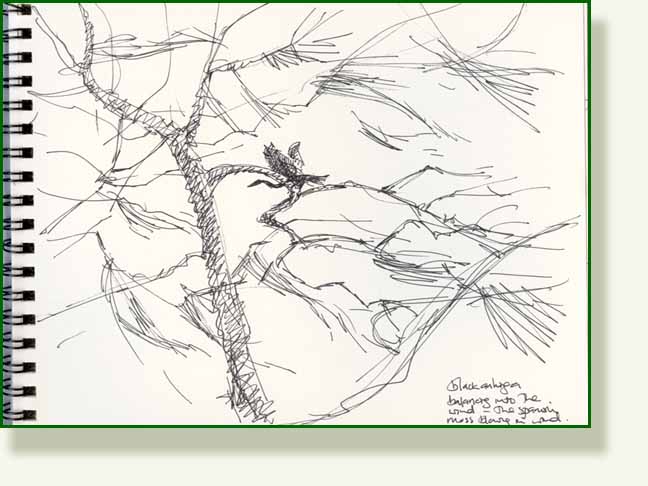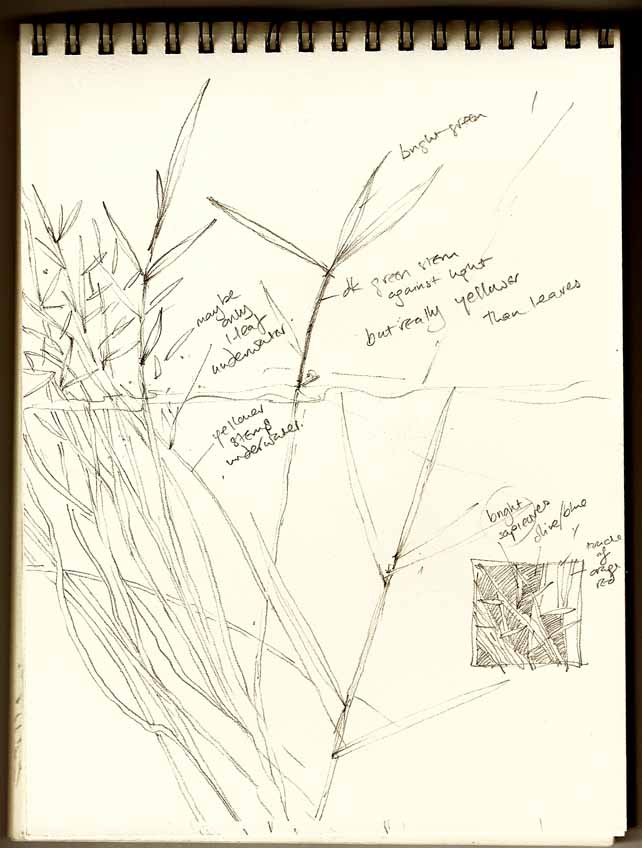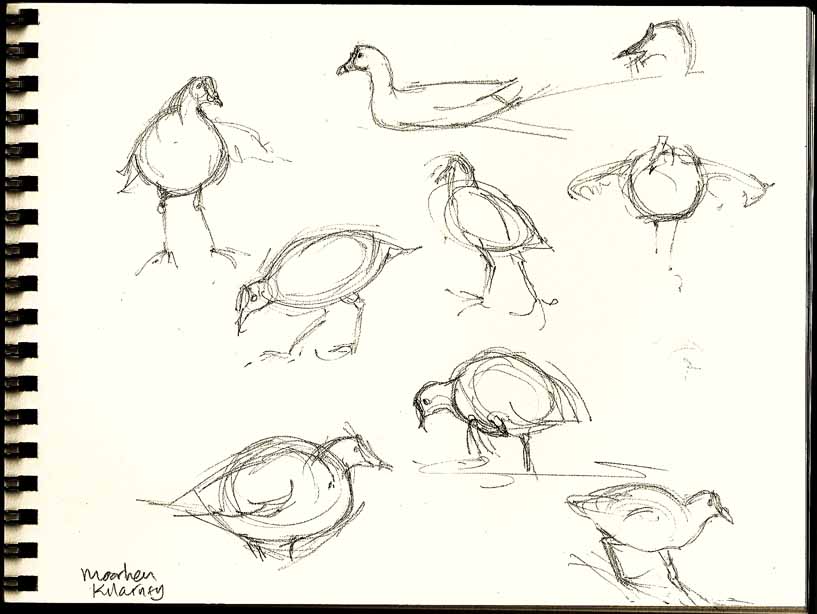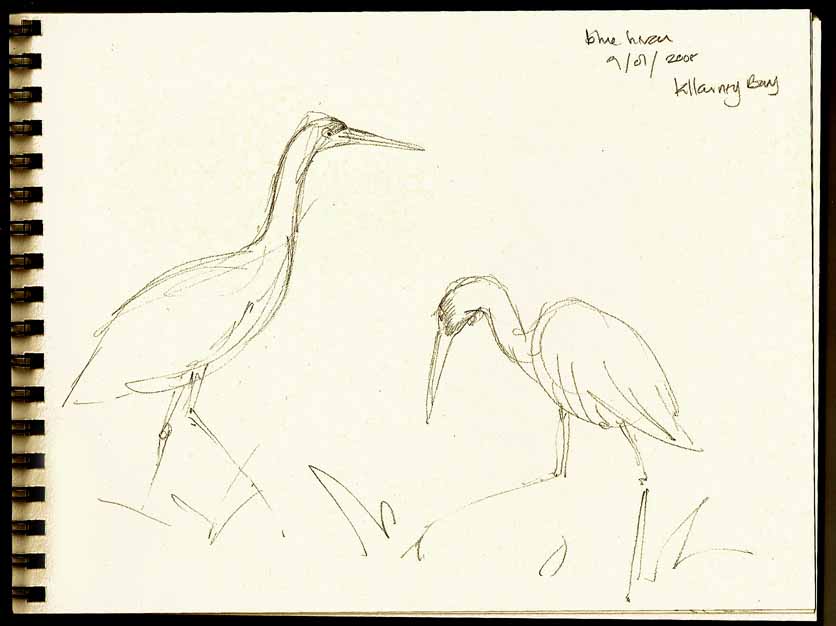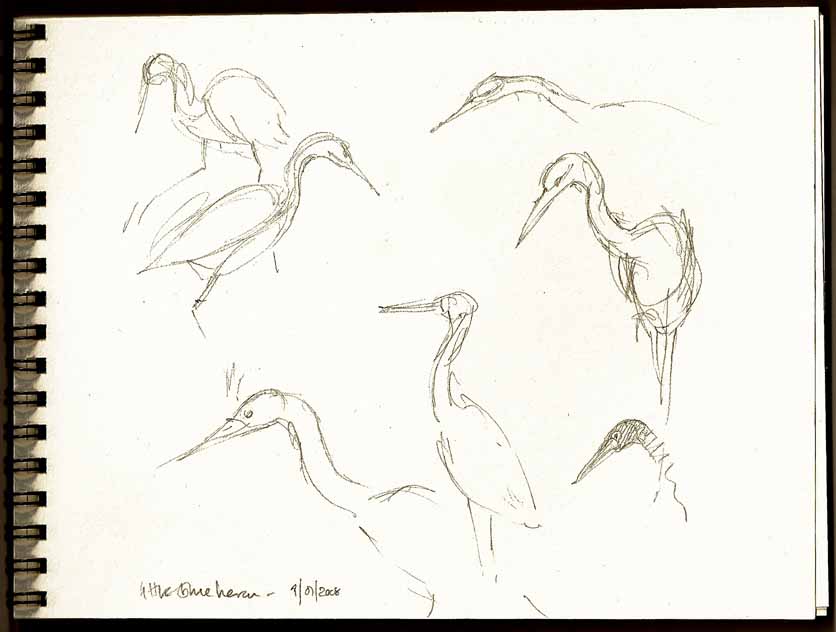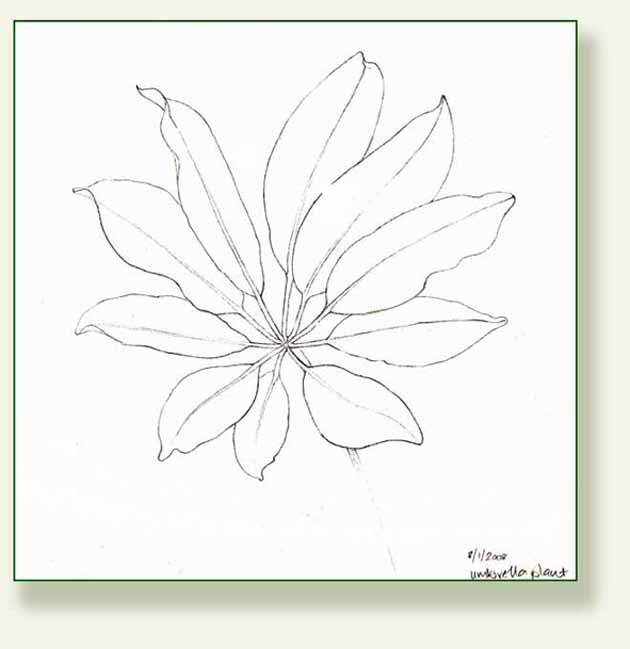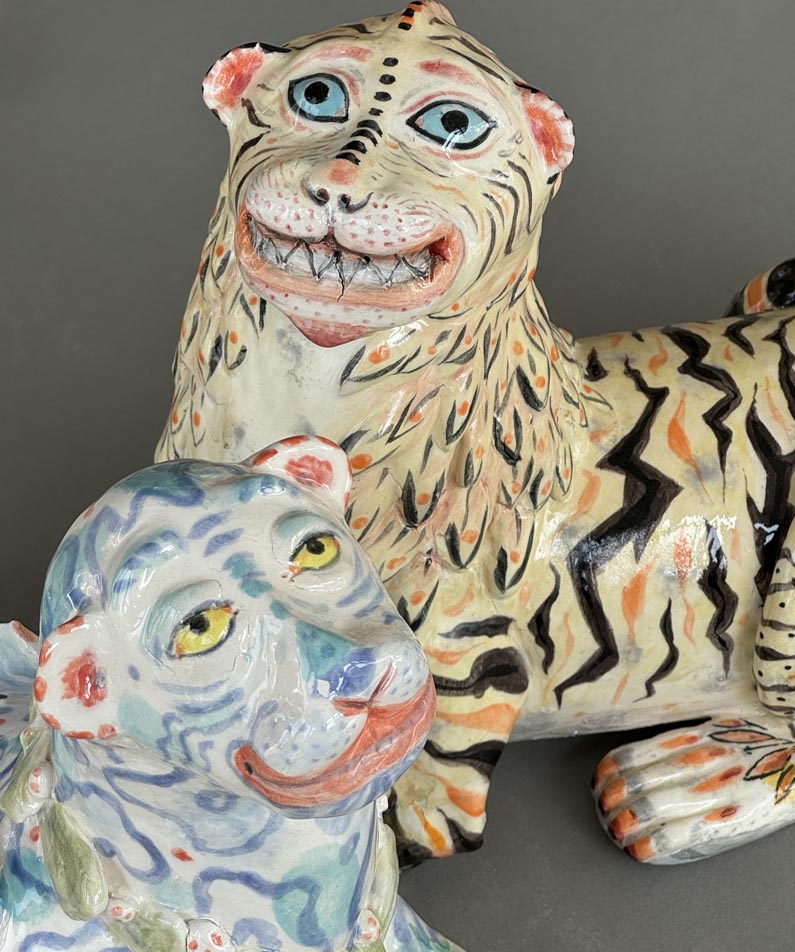Today got off to a bad start due to an encounter with a self righteous jogger and dog. She, Lycra clad, expensive jogging clothes, heart monitor, bouncing ponytail, was on the wrong side of the cycle path. Perfect pedigree pet on leash, was on the other. So where do I go? She imperiously pointed me to edge of the wrong side of the path and shouted “get over”… I, struggling to get bike out of the grass was too amazed at such rudeness to say anything .. but have seethed about it all day.
Thinking I would have some tranquil calming moments in the Garden was a mistake as I had forgotten Thursdays are mowing and leaf blowing days and today there were school trips and a wedding. I did find a really nice, tucked away spot to draw and then was besieged by mosquitoes, so moved on from there to eventually make some more sketches of trees (and plan my jogger revenge).
The watersoluble pencil I had yesterday was not up to much, this one today is a little bit darker which is better because I can work more quickly. They are very handy for sketching when you need a bit of tone without the fuss of paint.
I was saying yesterday that if people are not painters they often find scribbly drawings hard to respond to and I dread being asked to show people my sketchbooks. Today a very nice lady asked to see what I was doing. Oh dear.. I could see the disappointment on her face as she looked at my sketches. The only one that got a spark was the drawing of the house from yesterday. She was thankful there was something she could recognise. She looked at me so kindly and in such a concerned manner, like a mother indulging a child’s first terrible pottery ashtray, I was sorry I had not come up to scratch. We wished each other a very happy Christmas. Ah well…
A Moringa tree,
Unidentified deciduous tree ….
The very tall Hedge Cactus.
The big Duncan Grapefruit tree, heavy with fruit and a beautiful shape both from this angle..
and from this angle too…
And the wonderful cactus which is growing in a head-shaped pot looking like some wild botanical Medusa.
Yesterday’s little spider was still there today so I now have a better photo of my own. On Tuesday I had seen this little flower but the plant is very small with only a few blooms, so I could not take one to draw. Today however, two had fallen on the ground, so I took the opportunity to make three little studies of the Ruttya fruticosa.
Labelled as the Hummingbird Flower, and in profile these little 2 inch long flowers really do look like hummingbirds, but also delightfully called the Jammy Mouth or Rabbits Ears. I hope the drawings and my, for once, decent photo explain why. The nectar rich flowers are attractive to birds, bees and butterflies and, I presume hummingbirds.. do they get confused though? The plant is native to Africa and is only a tiny thing at Leu but will grow to a shrubby three foot bush with these very sweet little flowers, also in yellow… (I am still planning my jogger revenge, if I see her tomorrow I am going to shout “Jammy Mouth” at her…that’ll teach her)
_______________________________

